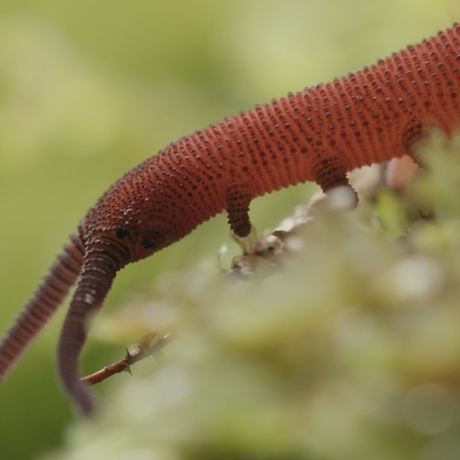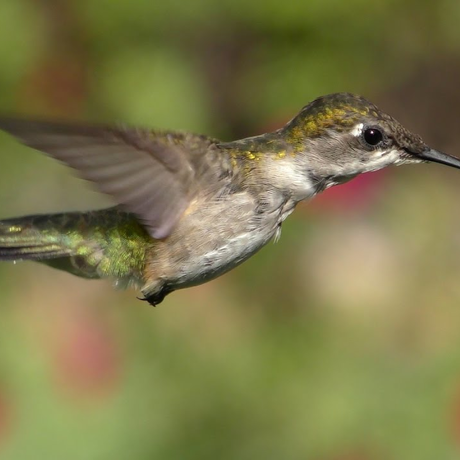Learn the benefit of using videos in the classroom, and browse resources to help you get started.
See how scientists use high-speed videography to investigate—and learn from—the clumsy flight of the bumblebee.
About This Video
Grade level: 6-13+
Length: 5 minutes
Next Generation Science Standards: MS-PS2.A, MS-PS3.C, Structure and Function
Summary
A bumblebee’s survival depends on its ability to fly with efficiency and purpose through an obstacle course strewn with wind-blown moving targets. So you might assume that bees are precision aerialists. But if you watch them closely, you'll see that bees are constantly bumping into things—and somehow they’re able to soldier on, unfazed. Now, scientists Stacey Combes and Andrew Mountcastle are using high-speed video to pull back the veil on bumblebee flight dynamics and wing structure. By viewing these collisions with specialized cameras, the team has discovered a hidden design feature that allows clumsy bees to thrive, despite the bumpy ride.
Video Discussion Questions
- Why might we want to better understand how bees get around and what affects their flight?
- How do scientists use high-speed video to study bee flight dynamics?
- What are the physical properties of a bumblebee wing, and how do these properties serve bees in flight?
- How might we use our understanding of the physical properties of bee wings for applications in robotics?
Classroom Activities to Accompany This Video
3-2-1

Have students choose a time lapse sequence from this video and watch it without sound. In their science notebooks, ask students to write down:
- 3 things they noticed or observed
- 2 questions they have or things they wonder about, and
- 1 thing they learned
On the board, draw a table with three columns labeled 'I noticed...', 'I wonder...', and 'I learned...'. Have students discuss their observations, questions, and knowledge gained, and write these things in the appropriate column on the board. In addition to the following questions, you can use the About This Video section to engage your students in a deeper dive into bee flight dynamics:
- What is the purpose of time-lapse video?
- How can time-lapse video be used in research, particularly in insect flight dynamics research?
- What properties of bee wings and characteristics of bee flight behavior can you observe with the time-lapse video that you wouldn't necessarily be able to observe otherwise?
- What other applications of time-lapse video can you think of?
Biomimetic Design Challenge

Biomimetics is the application of designs from nature to engineering new materials, systems, or technologies. The main idea behind biomimetics is that in designing things, humans can learn from the long processes of natural selection.
Design Challenge
Challenge your students to design a flying contraption that can withstand collisions based on what they learned from the video. Gather together materials in your classroom that your students can use in their designs, or encourage them to bring materials from home (e.g., paper, plastic, popsicle sticks, plastic straws, wire, glue, rubber bands, tape, etc.). Before they actually build their designs, students should draw a blueprint of their design and share it with their classmates to get feedback. Students should go through at least one round of iterations with their blueprints before building their contraptions.
- Motivate your students by incorporating friendly competition into this activity. Whose flying contraption is the most resilient flyer? Have your students develop the rubric that will be used for judging.
Photo credit: USGS Bee Inventory and Monitoring Lab
Video Credits
Produced by Spine Films, this video appears in bioGraphic, a magazine powered by the California Academy of Sciences to showcase both the wonder of nature and the most promising approaches to sustaining life on Earth.
Additional Resources
California Academy of Sciences News: Bio-Inspired Bug Evolves
Read how a recently designed robot at the Biomimetic Millisystems Lab at UC Berkeley is now shedding light on flight evolution.


